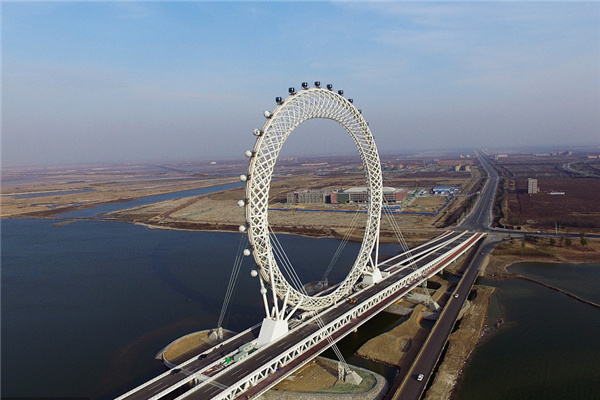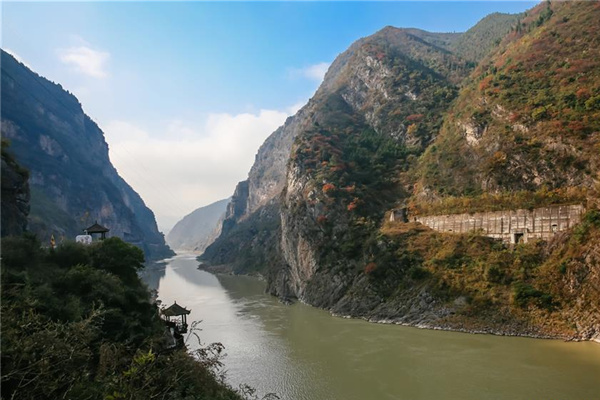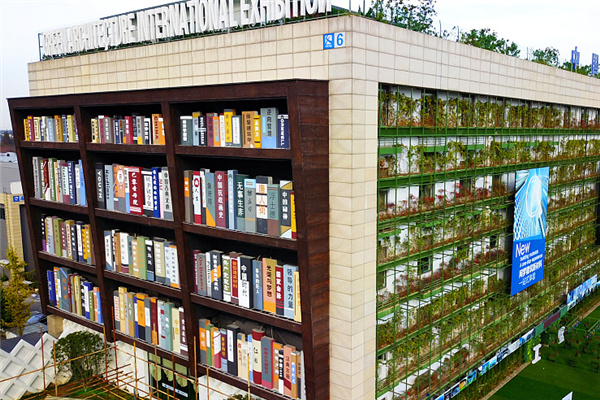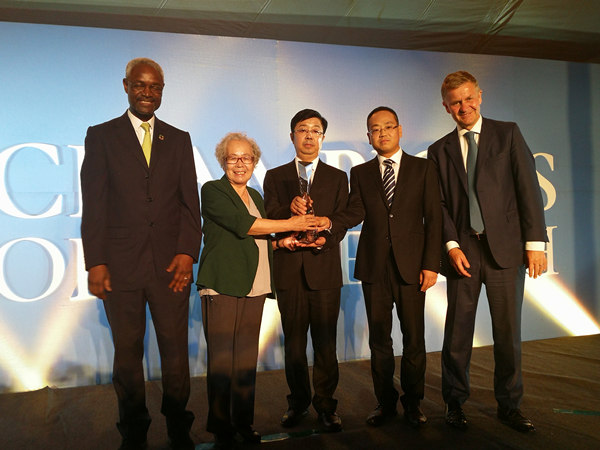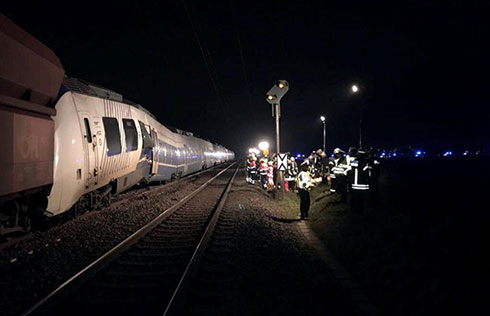

Despite strong pollution concerns, construction of an enormous petrochemical plant in an already environmentally damaged and sensitive area of southern China's Guangdong province seems likely to proceed as scheduled.
A first draft of an environmental impact statement of China's largest joint venture in the Nansha district of Guangzhou has been completed, but a source with the State Environmental Protection Administration (SEPA) refuses to say whether the results are "negative or positive".
"This is first step of our two-part environmental evaluation process which focus on the project's impact on its surroundings and then we will focus on the project itself," says the source who declines to be identified.
However, a group of 14 provincial legislators with environmental concerns are proposing postponing the construction of the $5 billion oil refinery and chemical project, which is jointly owned by Sinopec, China's second-biggest oil producer, and Kuwait Petroleum Corp.
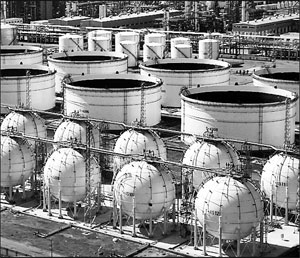
They say the government should halt the project because the environmental impact statement has not been completed.
According to China's usual practice, whatever the results may be, an environmental impact evaluation is part of the routine preparatory work before a project is officially begun.
"We did receive concerns about potential environmental impacts from local people. The development plan of the project is under meticulous evaluation. The result will be open to the public," the SEPA source says.
Last November, the National Development and Reform Commission (NDRC) approved the preparatory work of the petrochemical project - the largest joint venture in China.
When completed, the Nansha complex will have an annual oil refining capacity of 12 million tons and an ethylene production capacity of 1.1 million tons. It has been highlighted as a major project in the province's 2008 development plan and is scheduled for completion within three years.
But along with the 14 legislators, Liu Yiling, director of the Guangdong environmental protection technological center, was quoted by The Economic Observer as saying that the construction should be postponed until the environmental assessment (SEA) is completed and approved.
The SEA is different from an environmental impact statement, which focuses on single projects such as power plants. The SEA studies integrated environmental concerns within a specific region. SEA efforts began in China around 2003, when the Environmental Impact Assessment Law was published. But a formal SEA regulation is yet to be established.
The legislators and Liu fear that the project will further damage Guangzhou's environment, as well as have a negative impact on the entire Pear River Delta.
Located at the southernmost part of Guangzhou, Nansha district is the geometric center of the Pearl River Delta economic circle. It is only one hour's drive away from Shenzhen and Zhuhai, and one hour by ferry from Hong Kong.
Liu also points out that the Pearl River Delta is already suffering from combined haze and photochemical pollutants, and that the pollution emitted from the petrochemical project will further harm the air and likely spread to the already smog-choked neighboring cities of Dongguan, Shenzhen, Zhuhai and Hong Kong.
According to an environment report issued in January, the air quality of Guangdong province is getting worse. The province recorded an average of 75.7 days of haze in 2007, a marked increase over past years. In addition, the photochemical pollution rate has increased.
Additionally, the environmental protection framework for Guangdong province for 2006-10 defines Nansha district as "ecologically fragile and environmentally sensitive," - thus presumably not suitable for heavy polluting projects such as large-scale petrochemical and steel refineries.
Liu Jianwei, deputy director of the Nansha district government, says in a previous report that the petrochemical plant will recycle all its raw materials, adhere to the most stringent global environmental standards and employ state of the art technologies and thus be less polluting than naysayers believe.
In giving the go-ahead for the Nansha complex, the NDRC also says it will require two ethylene production facilities of 800,000 tons and 200,000 tons in Guangzhou to stop production once the Nansha project is fired up.
(China Daily 03/03/2008 page5)


